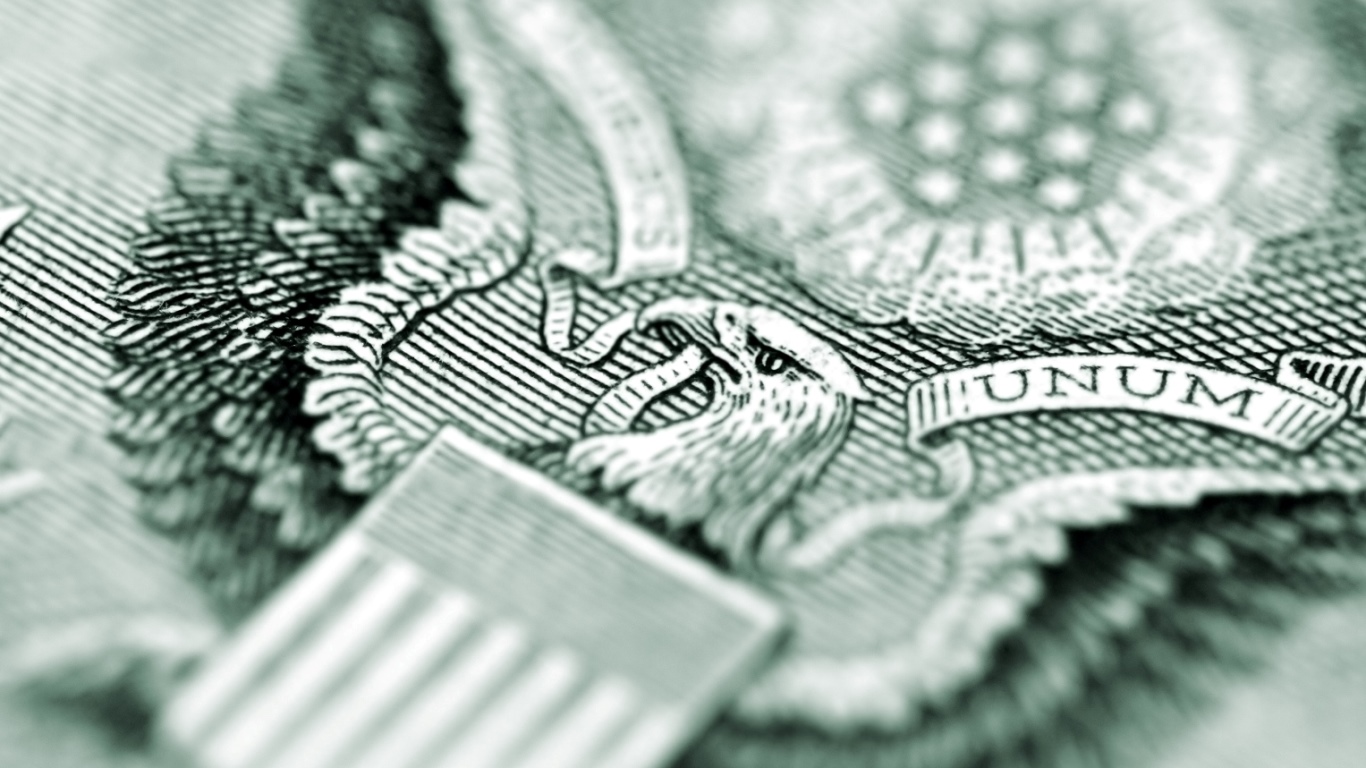Commodities & Metals
World Gold Council Weighs Economic Uncertainties in 2019 Outlook for Gold

Published:
Last Updated:

After a turbulent 2018, many investors and so-called gold bugs have to wonder what is in store for gold in 2019. The World Gold Council (WGC) released its latest report on how it views gold in the new year, “Outlook 2019: Global Economic Trends and Their Impact on Gold.”
The WCG pointed out that significant headwinds were numerous throughout 2018: a strong dollar, the U.S. Federal Reserve hiking interest rates while other nations remained accommodative, and the U.S. economy being helped by tax cuts. Where things may have changed in gold’s sentiment was around the recent stock market volatility and uncertainty heading into 2019.
In the new adjusted outlook, multiple dynamics were mentioned as being likely to influence how gold performs in the year ahead. The three key issues were financial market instability, monetary policy and the U.S. dollar, and structural economic reforms. As far as any forecasts, the WGC does not make pricing forecasts for where gold prices will be at the end of any given year. The council is a group that has a vested interest in the rise and importance of gold. Still, sometimes it is less bullish than at other times when it comes to that shiny yellow metal.
The financial market instability risk is stemming from higher market volatility. Another issue will be political and economic instability in Europe. And a third and larger one concerns the potential of higher inflation from protectionist policies and an increased likelihood of a global recession.
Monetary policy and the U.S. dollar also will be key to watch. The WGC warns that market risk likely will remain high, but higher interest rates and more strength in the U.S. dollar could limit gold’s upside.
Structural economic reforms also have to be considered, with emerging markets shown to make up about 70% of consumer demand for gold. The changing dynamics in China and India were pointed as standout issues as well.
The council believes that gold will become more relevant with a proven track record for delivering returns, its low correlation to other major asset classes, and its liquidity and risk-adjusted returns. As far as why the WGC is favorably viewing gold this time around, the 2019 outlook said:
In the longer term, gold will be supported by the development of the middle class in emerging markets, its role as an asset of last resort, and the ever-expanding use of gold in technological applications.
In addition, central banks continue to buy gold to diversify their foreign reserves and counterbalance fiat currency risk, particularly as emerging market central banks tend to have high allocations of US treasuries. Central bank demand for gold in 2018 alone was the highest since 2015, as a wider set of countries added gold to their foreign reserves for diversification and safety.
There was a note about how fund flows were mixed in and out of gold-backed exchange traded funds (ETFs). The WGC noted that European gold-backed ETFs had net inflows in late 2018 at a time that a trend of heavy U.S. outflows in the second and third quarter reversed course in the fourth quarter. Globally, the WGC showed that there were net positive flows into gold-backed ETFs for 2018 as a whole.
Some years there are more bullish stances on gold than in other years. The outlook for the year 2019 has many issues that have to be digested, and that might just mean a “wait and see” attitude is being conveyed. Stay tuned.
The last few years made people forget how much banks and CD’s can pay. Meanwhile, interest rates have spiked and many can afford to pay you much more, but most are keeping yields low and hoping you won’t notice.
But there is good news. To win qualified customers, some accounts are paying almost 10x the national average! That’s an incredible way to keep your money safe and earn more at the same time. Our top pick for high yield savings accounts includes other benefits as well. You can earn up to 3.80% with a Checking & Savings Account today Sign up and get up to $300 with direct deposit. No account fees. FDIC Insured.
Click here to see how much more you could be earning on your savings today. It takes just a few minutes to open an account to make your money work for you.
Thank you for reading! Have some feedback for us?
Contact the 24/7 Wall St. editorial team.